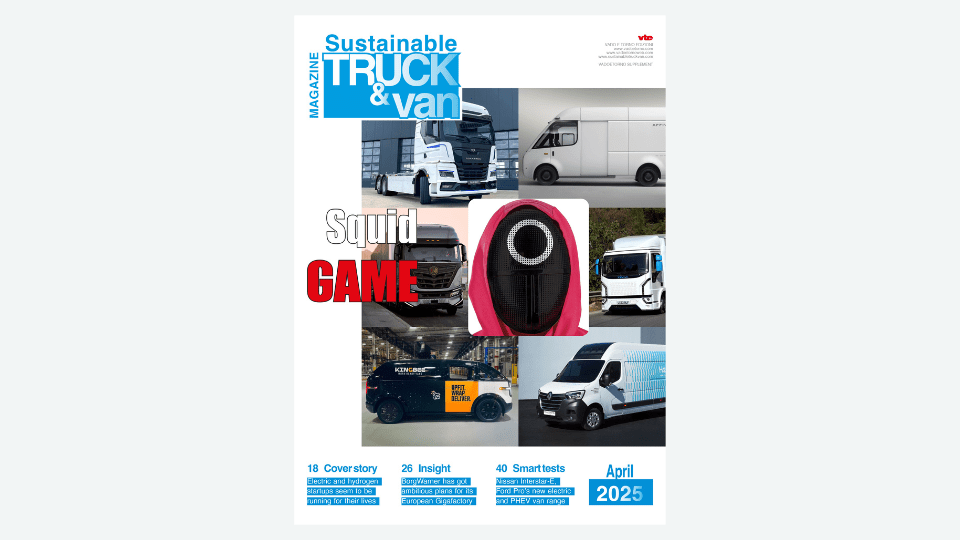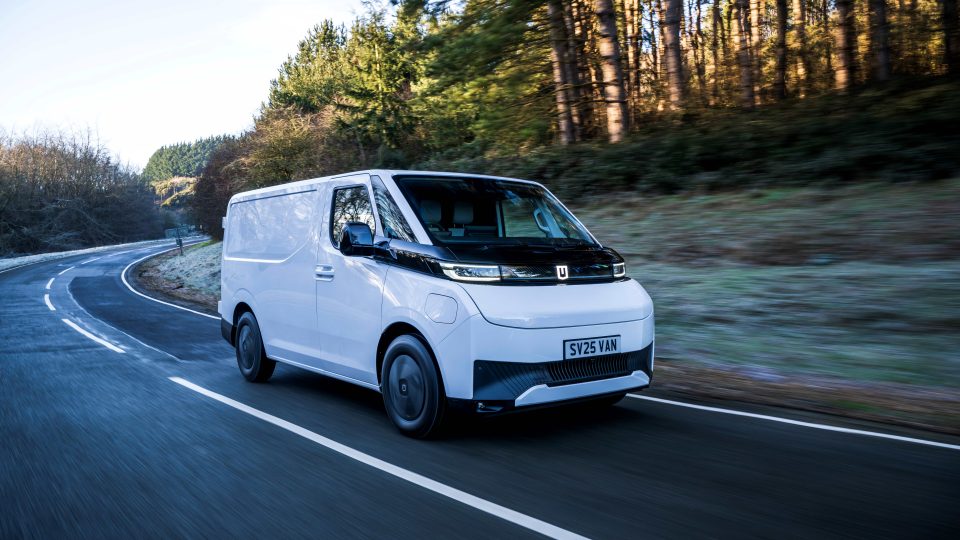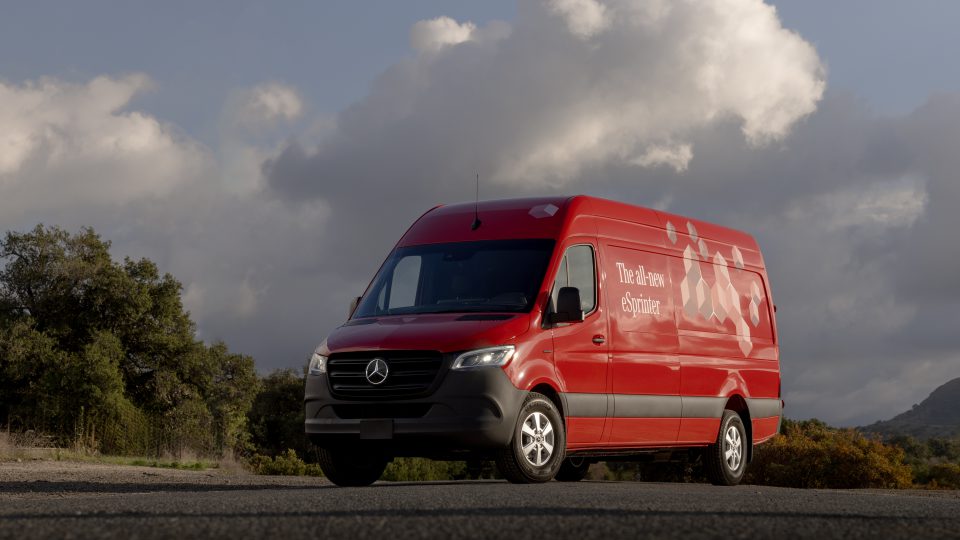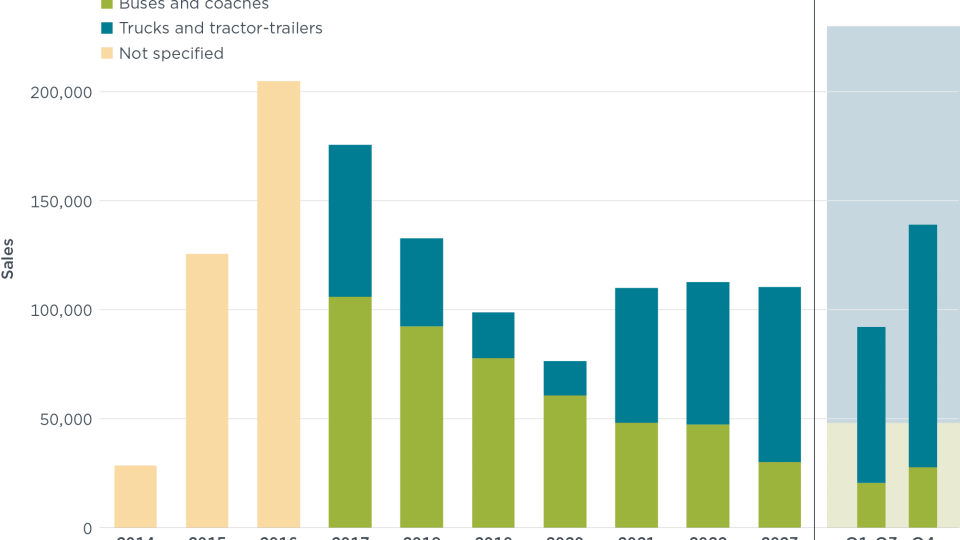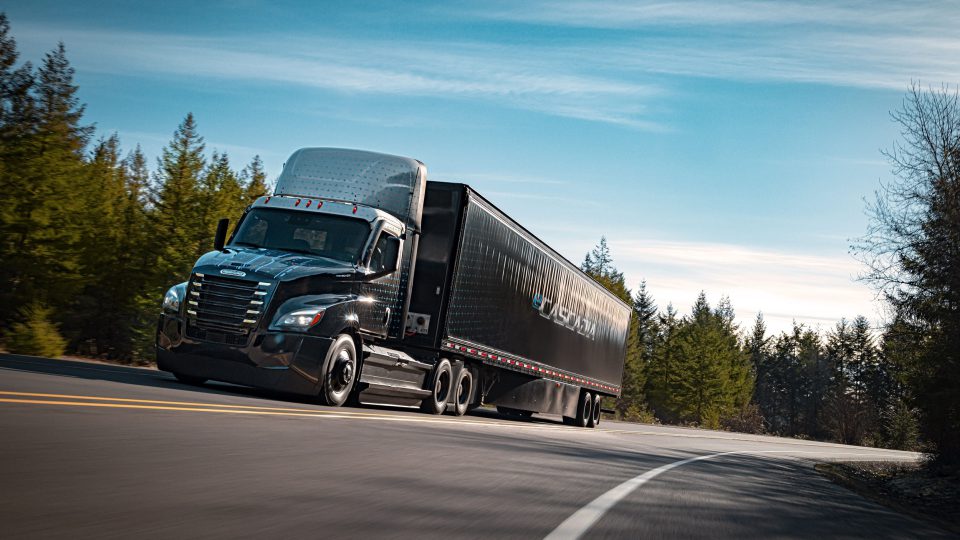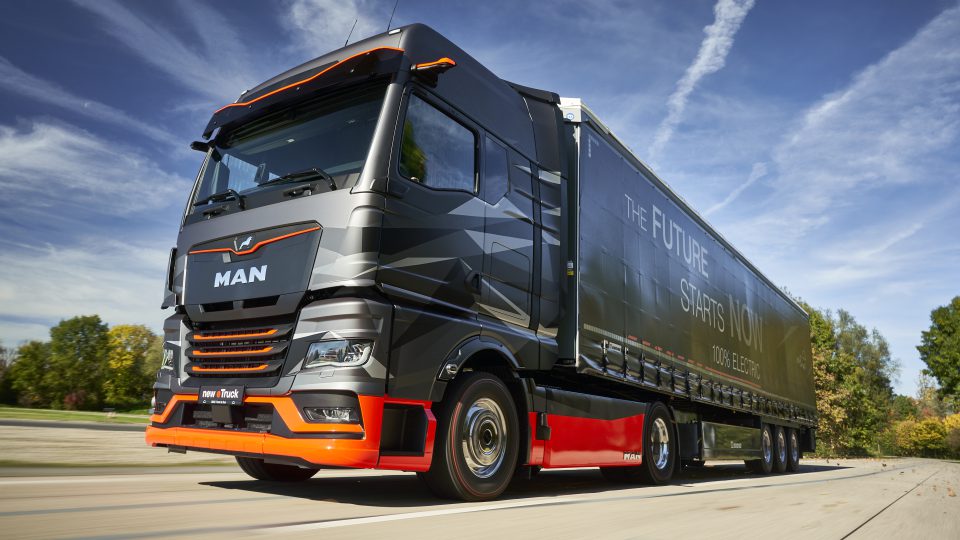Truck emissions, here’s how EU’s TRAN want to modify the current legislation
As for trucks, according to the report released by the TRAN, the target remains 30% for the reporting period 2030–2034, as set by the current legislation. Notably, the target from 2040 onwards has been reduced from 90%, as proposed by the European Commission, to 75%, with some significant exceptions.
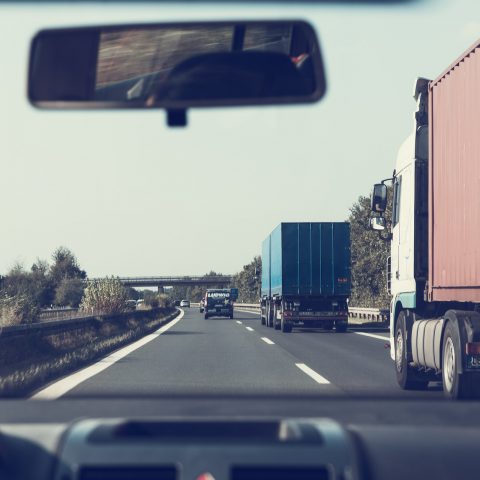
The European Parliament’s Committee on Transport and Tourism (TRAN) aims to set new CO₂ standards for heavy-duty vehicles. The goal is to propose a “realistic decarbonization path” for either trucks and buses on a European level.
In fact, earlier this year, the European Commission proposed key changes to the CO₂ standards for heavy-duty vehicles (HDVs), a piece of legislation which will determine the types of buses, coaches and trucks allowed on EU roads by setting progressively increasing zero-emission CO₂ targets that manufacturers will have to meet for new HDV fleets by 2030, 2035 and 2040.
The proposal to review truck emissions
As for trucks, according to the report released by the TRAN, the target remains 30% for the reporting period 2030–2034, as set by the current legislation. This considers the industry’s concerns that the enabling factors, such as EU-wide deployment of alternative fuels infrastructure (charging and grid connections and capacity) will not be able to accommodate the higher target of 45% proposed by the European Commission. Notably, the target from 2040 onwards has been reduced from 90%, as proposed by the European Commission, to 75%. Essential exemptions are provided for some categories of high-capacity vehicles, large vehicles weighing over 40 tonnes and/or longer than 18.75 metres.
IRU commenting the latest news
“We fully appreciate TRAN members’ pragmatism, who decided to leave all options open for transport operators”, commented IRU Director of EU Advocacy Raluca Marian. “As our sector’s home committee, TRAN perfectly understood the essential function of passenger transport and logistics, strategically deciding to boost their sustainability without making them the subject of an experiment”.
TRAN amendments embraced technology openness and left adequate space for carbon-neutral fuels as a long-term solution for sustainable HDV transport alongside electrification and hydrogen. TRAN’s amendments make this possible via both the inclusion of a carbon correction factor in the CO₂ legislation and realistic zero-emission targets.



